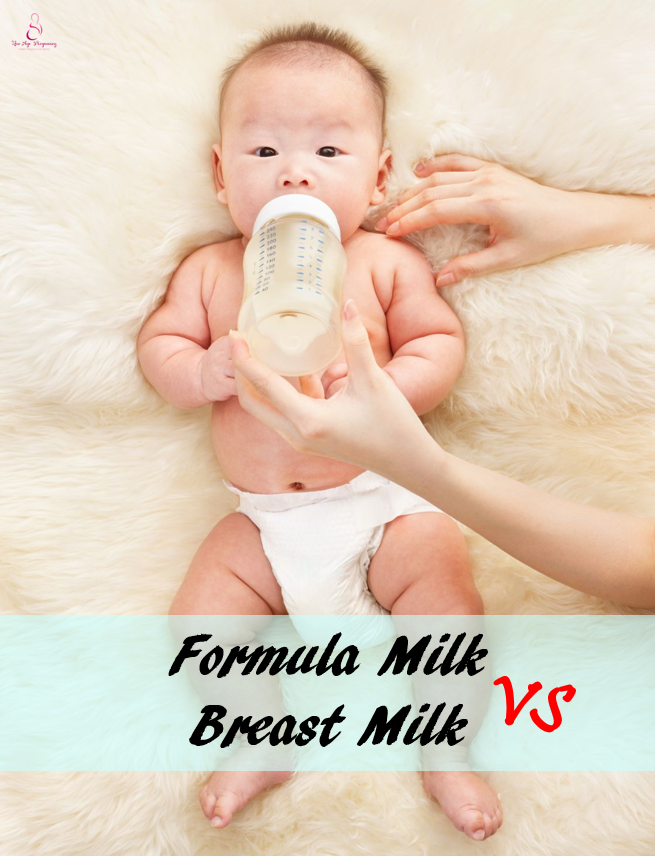
The best source of nutrition is your own breastmilk as it provides all the necessary nutrients for your baby to grow well.
Numerous studies have demonstrated a number of important health benefits to breastfeeding. Among them:
1. Breast-fed children are stronger and have better resistance to disease and infection early in life than formula-fed children.
2. Mothers who breastfeed are less likely to develop osteoporosis, breast, uterine and ovarian cancer. Breastfeeding mothers are able to lose weight gained during pregnancy more easily.
3. Breastfeeding also has advantages in terms of saving you money: it’s cheaper than buying formula and helps avoid medical bills later.
4. You do not need to use so many bottles, teats and mix formula in the middle of the night.
5. Your baby has better early cognitive outcomes. The results from numerous studies indicate a dose-response effect of breastfeeding on children’s cognitive outcomes, with breastfeeding six months or more associated with about one-tenth of a standard deviation increase in cognitive test scores in a US study. One study from the UK demonstrated significant effect on brain development, which persists until the child is at least 14 years old.
Choosing & Using Baby Formula
However, in certain instances, when it may not be possible to breastfeed, or in case you do not have adequate breastmilk, you may need to feed some infant formula.
How much formula your baby needs?
To know how much formula your baby needs, you should follow baby’s cues for hunger. Usually, a baby will cry when hungry every 2-3 hours. So, you should feed baby following this 2-3 hourly cycle. Sometimes, baby may seem hungry/ cry for milk even before the scheduled time. This is normal, and you should feed baby even if it is not following his/ her usual schedule.
Choosing the best formula?
You will notice that there are many types of formula in the market. To choose the best formula for your baby’s needs, understand the 3 main types of formula first:
Cow’s milk formulas.
Infant formula is made with cow’s milk that’s been processed to resemble breast milk. This gives the formula the right balance of nutrients — and makes the formula easier to digest. Most babies are able to grow on cow’s milk formula. Some babies, however — such as those allergic to the proteins in cow’s milk — need other types of infant formula.
Soy-based formulas
Soy-based formulas can be useful if your baby is intolerant to cow’s milk formula or to lactose, a carbohydrate naturally found in cow’s milk. However, most often than not, babies who are allergic to cow’s milk might also be allergic to soy milk.
Protein hydrolysate formulas
These types of formulas contain protein that’s been broken down (hydrolyzed) — partially or extensively — into smaller sizes compared to standard formulas. These formulas are used in babies who don’t tolerate cow’s milk or soy-based formulas. Extensively hydrolyzed formulas are required for babies who have an allergy to cow’s milk.
Choose the best formula that you think will suit your baby, as you know your baby best of all. If your baby has been diagnosed with cow’s milk allergy, your pediatric allergist or your dietitian will also advise you on the most suitable types of formula for your baby.
By Ms Suzanne Khor, Senior Dietician
Practice Address:
Thomson Paediatric Centre – The Child Development Centre
10 Sinaran Drive
Novena Medical Centre #09-04
Tel: 6397 6627
Email: info@thomsonpaeds.com








I tried breastfeeding for the first five months, but when I need to go back to work, I need to give my baby Aptamil Baby Formula. It was very difficult at first, but thank God she finally liked the milk bottle.